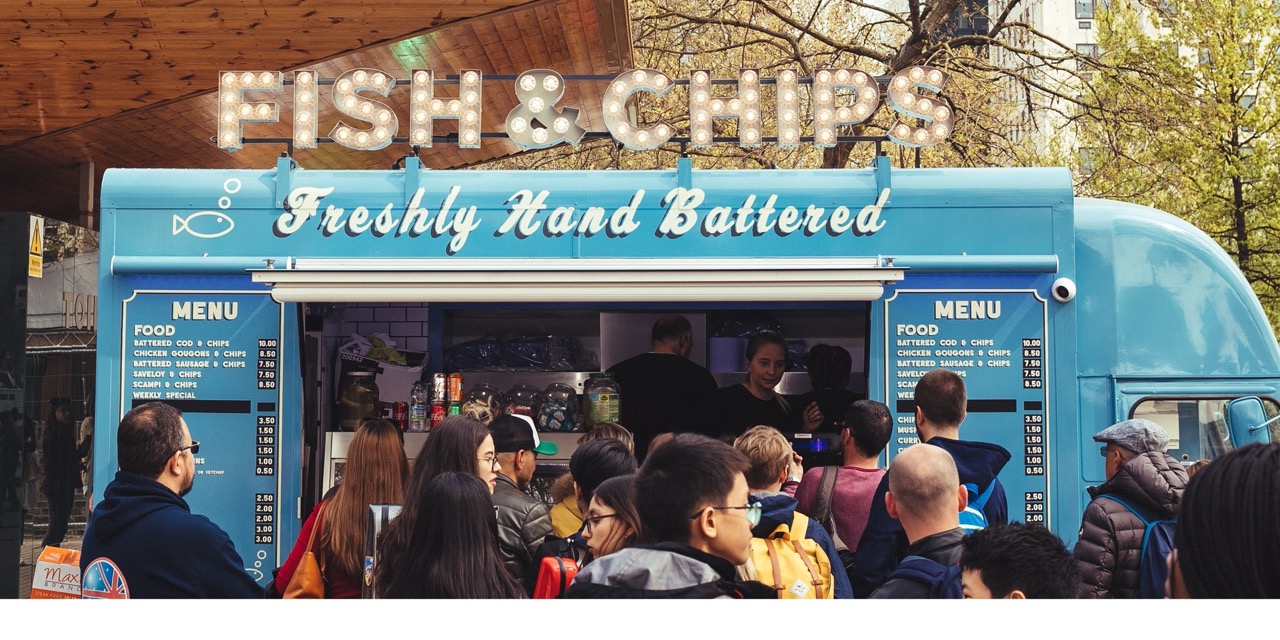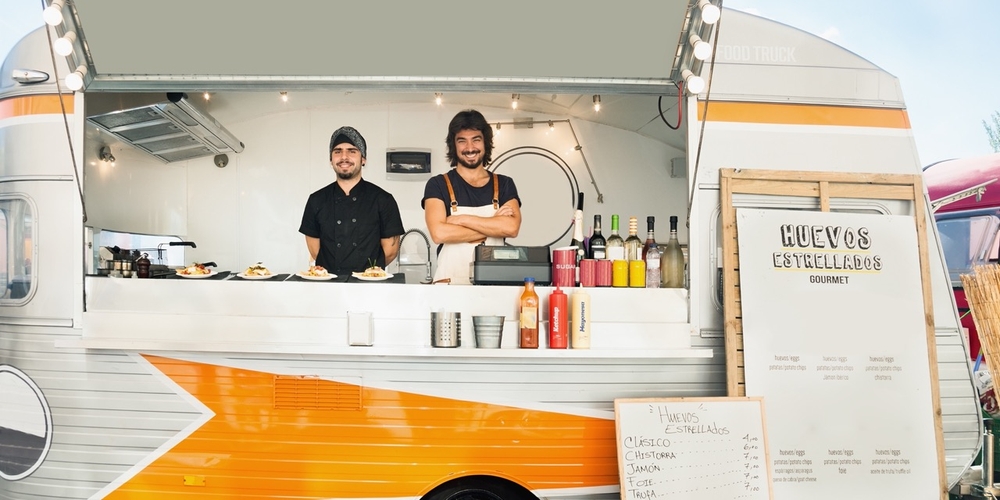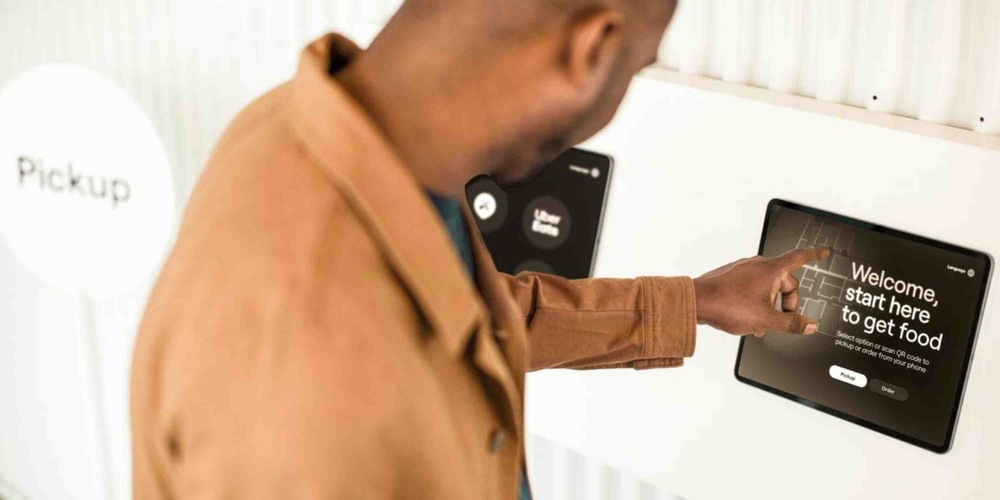Starting a Pop-up Restaurant: A Comprehensive Guide
Table of Contents

Pop-up restaurants have gone from a rare practice in select cities to a craze that has swept across the country. The numbers are there to prove it, too: pop-up eateries have enjoyed an 82% year-over-year expansion.
Pop-ups may be temporary in nature, but that doesn’t mean they require less effort than establishing a brick-and-mortar location. If you’re looking to start a pop-up, you’ll need to have a good understanding of the essentials.
Whether you’re a veteran restaurateur who’s exploring a fresh direction or an aspiring chef looking to gain an audience, here’s the guide you need to turn your pop-up concept into a reality.
What is a pop-up restaurant and how to start one
Put simply, pop-up restaurants are temporary eateries that operate out of a short-term location. Small in scale but big on flavor, pop-up restaurants are an ideal medium for restaurateurs looking to test new ideas and chefs who are keen on sharing their skills without having to fork over a huge amount for overhead.
Let’s get into the basics of starting your pop-up restaurant.
Now more than ever, people want the option of restaurant-quality food from the comfort and safety of their homes. In fact, it’s estimated that more than 185 million people will be using online food delivery services by 2025. Virtual restaurants provide restaurant owners with a flexible, low-capital investment option that handles all incoming delivery orders.
1. Find your vibe
The sheer popularity of pop-up restaurants proves that they’re as welcome in the suburbs as they are in bustling cities. Nonetheless, it’s vital to define the crowd you’re intent on feeding. This will, in turn, set the entire tone of your endeavor.
Are you hoping to attract families to your single-day or month-long pop-up restaurant? The Gen Z bunch? Tourists? Bonafide foodies?
Whatever you land on, use your target customer as your starting point to determine your pop-up’s atmosphere, whether that’s hip, refined, avant-garde, casual, or somewhere in the middle of it all. You should also use your target customer to approach several of the steps below.
2. Scout out your location
With this vibe in mind, your next step is to find a site that will fit with the ambiance you’ve envisioned.
Pop-up restaurants “materialize” in a variety of places, such as:
- Rooftops
- Gardens
- Arcades
- Art galleries
- Bowling alleys
- Abandoned buildings
- Parks
- Festivals
You might also have the option of creating a pop-up restaurant during another establishment’s off-hours, such as serving a lavish dinner in a joint that’s typically open only for breakfast. Your job—and it’s a fun one at that—is to figure out which spot will gel with the overall mood and experience you’re after.
3. Address the legalities
Unlike underground supper clubs, pop-up restaurants are legal pursuits—a boon for you, as it will provide you with the comfort of protection. In addition to opening a business account and securing liability insurance, you’ll be tasked with:
- Creating a legal entity: A legal entity, such as an LLC or sole proprietorship, protects you from being held personally responsible if legal action is taken against your pop-up restaurant.
- Applying for an EIN – An EIN, or Employee Identification Number, is necessary for filing taxes.
- Obtaining a Certificate of Occupancy: Otherwise known as a COO, a Certificate of Occupancy ensures that the location you’ve selected is up to code and meets the legal and government mandates.
- Adhering to food regulations: By law, you must be licensed by the health department to sell food, and the site you’ve selected must pass a health inspection. You’ll also need to attain a food handler’s license.
Keep in mind, that this isn’t an exhaustive list. Your best bet is to consult with a lawyer who’s well-versed in the hospitality industry.
6 Licenses and Permits Needed to Open a Restaurant →
4. Craft your menu
One of the largest draws of pop-up restaurants is the creative liberty afforded to chefs. Some chefs use the pop-up platform to showcase a dish unique to their culture; others may use it to tell a story about their travels. And others still capitalize on them to try bolder, more innovative combinations and flavors.
Whether you choose to build a menu around a distinctive ingredient or exotic region, the dishes you select—and their price points—should align with the target customer and the spirit of the whole endeavor.
5. Brush off your marketing chops
Pop-up eateries may require less capital—and less of a commitment—than starting a full-fledged restaurant or another type of food business. Yet, one of the biggest challenges of getting a pop-up to prosper is publicity.
Brick-and-mortar venues have the luxury of time and word-of-mouth referrals to gradually build a following. A pop-up, on the other hand, must generate buzz swiftly and effectively.
Fortunately, the trendiness of pop-up restaurants may give you an advantage. Social media is also essential for promoting your enterprise, particularly the heavy hitters like Instagram and TikTok. You might also want to consider marketing your pop-up on and in:
- Local newspapers
- Regional magazines
- Your website
- Community hotspots, like a popular coffeeshop and other bars and eateries
6. Ensure you’re well-equipped
This is where commercial kitchens and ghost kitchens are veritable godsends. Outfitted with the equipment you need to function efficiently, these turn-key-ready solutions decrease the stress and financial investment of creating an operational kitchen.
Ultimately, these shared kitchen spaces allow you to focus on what’s most important: your customers’ experience and satisfaction.
Plot out your pop-up restaurant with CloudKitchens
From food trucks that sell a single signature dish to farm-to-table affairs, restaurant ideas are a dime a dozen. And yet, few are savoring the spotlight quite like pop-up eateries.
But, like nearly any undertaking, pop-ups aren’t without challenges, with marketing and securing repeat customers chief among them. At the same time, the thrill and creativity pop-up restaurants promise outweigh their drawbacks—particularly if you partner with CloudKitchens. We have the solutions you need to live up to your pop-up potential, including top-of-the-line ghost kitchens and top-shelf software that can put you in touch with your ideal customers for food delivery and pick-up.
Watch your pop-up find a permanent place in your clients’ hearts with CloudKitchens.
Explore ghost kitchen locations across the US:
- Ghost kitchens in San Francisco
- Ghost kitchens in LA
- Ghost kitchens in NYC
- Ghost Kitchens in Toronto
- Ghost Kitchens in Atlanta
- Ghost Kitchens in Dallas
- Ghost Kitchens in Chicago
- Ghost Kitchens in Denver
- Ghost Kitchens in Miami
| DISCLAIMER: This information is provided for general informational purposes only and the content does not constitute an endorsement. CloudKitchens does not warrant the accuracy or completeness of any information, text, images/graphics, links, or other content contained within the blog content. We recommend that you consult with financial, legal, and business professionals for advice specific to your situation. |
Sources:
Lunchbox. How to Start a Virtual Restaurant: Your 10-Step Guide & Expert Tips. https://lunchbox.io/learn/ghost-kitchens/virtual-restaurant
Toast. 20 Food Delivery Statistics to Know in 2022
HoodFilters.com. Is the Ghost Kitchen or Virtual Kitchen Model in Your Restaurant’s Future?
https://www.hoodfilters.com/foodservice-blog/2020/12/14/%C2%ACis-the-ghost-kitchen-or-virtual-kitchen-model-in-your-restaurants-future
Business of Apps. Food Delivery App Revenue and Usage Statistics (2022).
https://www.businessofapps.com/data/food-delivery-app-market/
More insights & stories


